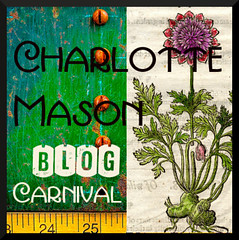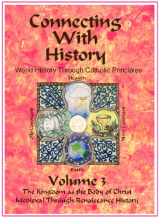
Not being well acquainted with artists and their works, I have some difficulty putting together an artist's study. I prefer to have a new picture each week for a term, but what do I choose? Where can I find images? I found a couple of free resources from my local library that has made this much easier.
The
What Make A... series by Richard Muhlberger is readily available through most library systems. These books are around 50 pages that are both biography and art appreciation by following the life and the works of great artists. The series is put out by the
Metropolitan Museum of Art, who has many images available online to view and download.

My library also offers free access to many online databases from home using my library card, one of which is Oxford (Grove) Art Online. This database has thousands of large images available, many of which are from the NY Met.
I decided to study Monet for this term, so I borrowed
What Makes a Monet a Monet? from the library. I then logged into Oxford Art Online and downloaded the pictures, and printed them on matte paper to put in our art study notebook. I googled the few images in the book that were not available through the database; those pictures are smaller, so they don't print as well, but at least I had them. Now we can read through the book each week and study the images. Maybe we'll even make it back to the Met this summer and actually see these works!
 While Ds#2 was working on his lapbook, I told him to add a colon before his bullet list. He says, "That's not a colon, a colon is your intestines."
While Ds#2 was working on his lapbook, I told him to add a colon before his bullet list. He says, "That's not a colon, a colon is your intestines."





















